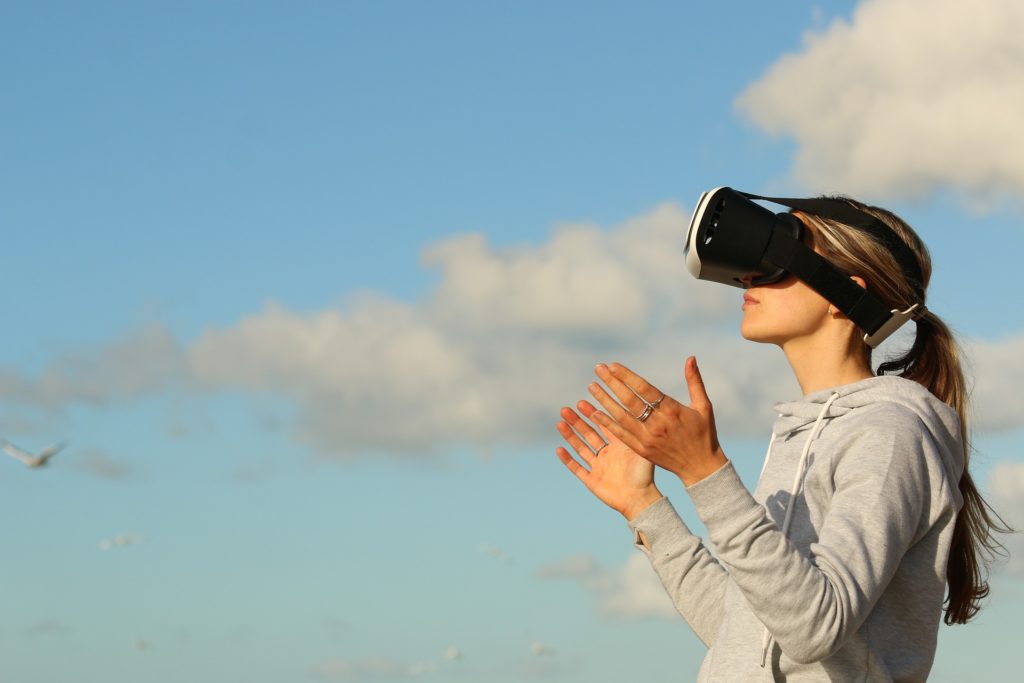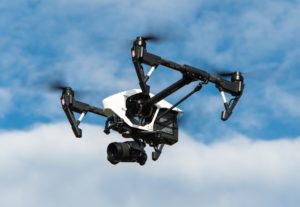Technology
Technology ‘fuels our lives’, says Safety Director
“We have a desire for smarter, better, quicker equipment which fuels our lives, but can leave us with a sense of vulnerability” says Karl Simons, Chief Health, Safety & Security Officer at Thames Water.

Karl Simons was speaking at a recent panel debate, where he was joined by Harvinder Bhatia, Head of Central Engineering, Transport for London (TfL), who spoke aboout how the transport industry is using technology. On such initiative has seen TfL fit cameras to the bottom of its trains, replacing the need to send staff to walk the line checking for faults. This not only saves a huge amount of time in man hours, but also limits have to put workers in hazardous situations.
Dylan Roberts, Health, Safety and Wellbeing Director, Skanska UK Plc, added how Skanska is using Building Information Modelling (BIM) Technology in around 20% of its projects. “In the construction industry, we talk a lot about the risk of construction phase, but not so much about the maintenance. Its about shifting our thinking as health and safety professionals into the construction and design phase.”
“We also need to think about how we adopt new technology and overcome the fear of using it and the myth that its very expensive.”
Virtual Reality (VR)
TfL is using Virtual Reality technology to familiarise maintenance staff with new trains so that they can be fully trained on possible issues that may occur, before they actually occur.
Lawyer Sean Elson added that VR can be a very healthy tool when it comes to monitoring worker health. “There are big discussions involving vibration and dust in Occupational Health and finding ways of measuring exposure. Using technology to limit the risks and measure the levels staff are being exposed to.”
Driverless cars
Sean Elson discussed how the technology is already available for fully autonomous vehicles, in fact its racing ahead, it’s the law which is holding back the developments. He posed the question, ‘Where does the culpability lie if something goes wrong? It is with the driver or with the manufacturer?’ He went on to say that insurers have a huge role to play in the development and roll out of autonomous vehicle technology.
Culture & evolution
Dylan Roberts talked about the importance of a positive culture within an company: “Organisations need ensure everyone has a sense of belonging and feel they are being engaged with. It’s crucial to develop a culture where everyone has the right to speak up about how things should be done and technology can be a real enabler for that.”
Moving on to the future of technology and improving human culture when it comes to interaction with technology, Harvinder Bhatia spoke about some of the systems he has witnessed, which are currently in development.
“People looking at their phones when crossing the road or, in the case of TfL, walking on station platforms is a real issue. There is momentum and examples of how phones can be programmed to shut down or notify the user when they are approaching a dangerous location or situation, such as a level crossing or platform edge.”
Drones
 The use of drone technology is again being employed across many organisations as a way of cutting costs, increasing efficiency and improving safety by limiting the amount of dangerous situations workers are exposed too.
The use of drone technology is again being employed across many organisations as a way of cutting costs, increasing efficiency and improving safety by limiting the amount of dangerous situations workers are exposed too.
Sean Elson warned that there is still much clarification needed into where drones are allowed to fly and what they are able to film: “There are still major issues associations, not only with the flying of drones and where you can and can’t fly them, but also with the collection of data. Which will need to be fully looked at before widespread use.”
At TfL, said Harvinder Bhatia: “We ourselves are not using the drones, instead we are using licensed contractors to use drones on our behalf, which we think is a better way of doing it.”
“We have used drones to carry out tasks such as depot roof assessments, which has led to a huge cost saving and a reduction in risk for the organisation.”
Thames Water is using drones to assess water towers, which has been a huge cost saving in terms of building scaffolding surrounding the tower, but also leads to a safer working environment.
The company is also on the verge of being able to fly drones down inside sewers to asses blockages, to avoid having to out staff in hazardous situations. There will be more on this on SHP Online in the coming weeks.
Drones are also being used in construction to assess incidents and accidents. Dylan Roberts spoke of an incident in the Czech Republic where a crane had collapsed. A drone, which was filming the site at the time, was able to provide footage of how people moved during the incident and how it was dealt with in the moments after. The company was able to asses and use this footage to manage risk on its sites going forward.
Health
Thames Water offers all of its staff a personal medical heath assessment. Tests for cancer can now be done using a simple finger prick, enabling a quick and effective method for monitoring and looking out for staff health. Karl Simons spoke to SHP Online about some of these policies earlier this year.
Virtual Reality can be used in educational courses, which is now included in all mental health training within Thames Water, to help organisations deal with staff who have mental health and stress issues.
It was pointed out how if someone is signed off work with a broken foot, an assessment is undertaken to see how the incident occurred and how it can be prevented in the future.
With heath, this isn’t always the case. For someone signed off with stress, the focus is all too often on how quickly that person can be back fit for work, and not whether there are any operational issues within the company that has caused the stress in the first place.
[interaction id=”5b742054cd0ad796752717ef”]
Technology ‘fuels our lives’, says Safety Director
Karl Simons from Thames Water opened Safety & Health Expo 2018 with a technology debate, which went on to discuss how the likes of Virtual Reality and drones are shaping the future of health & safety.
Ankit Kumar
SHP - Health and Safety News, Legislation, PPE, CPD and Resources Related Topics
Drug and alcohol testing in a UK airport environment
HSE acknowledge issue of ill-fitting PPE as regulator engage with SHP
Protection for Everyone – SHP launches inclusive PPE campaign


 The use of drone technology is again being employed across many organisations as a way of cutting costs, increasing efficiency and improving safety by limiting the amount of dangerous situations workers are exposed too.
The use of drone technology is again being employed across many organisations as a way of cutting costs, increasing efficiency and improving safety by limiting the amount of dangerous situations workers are exposed too.